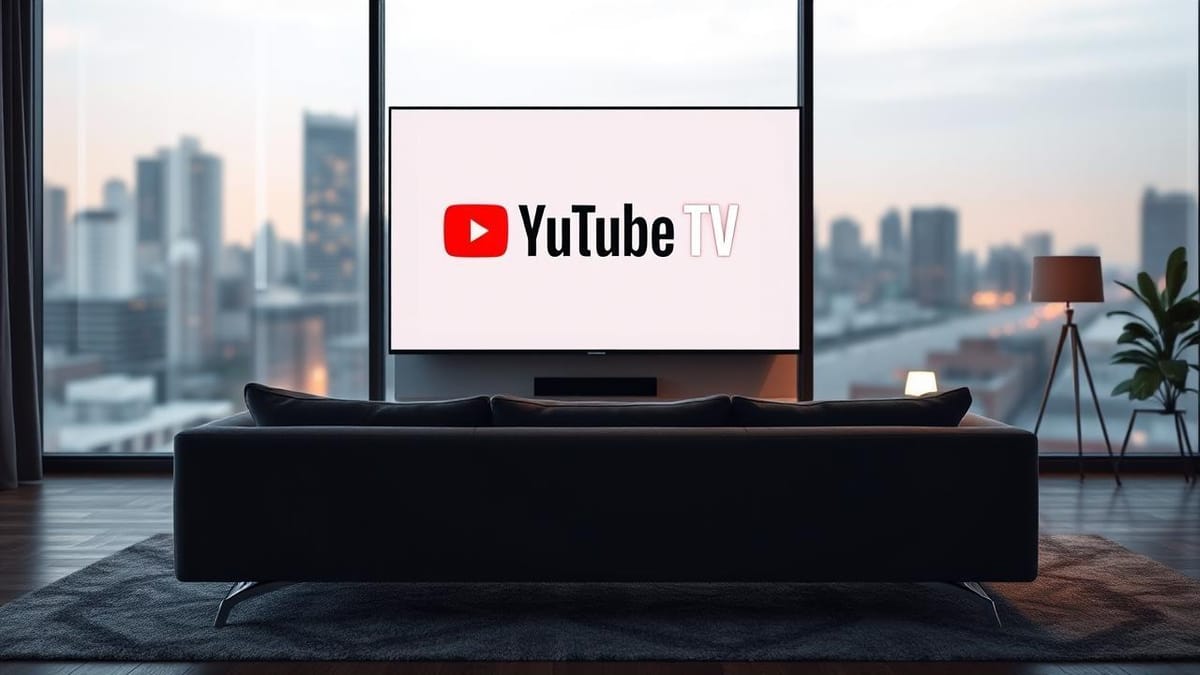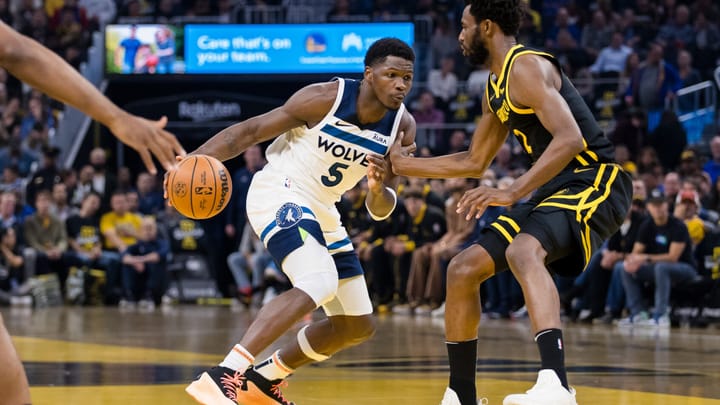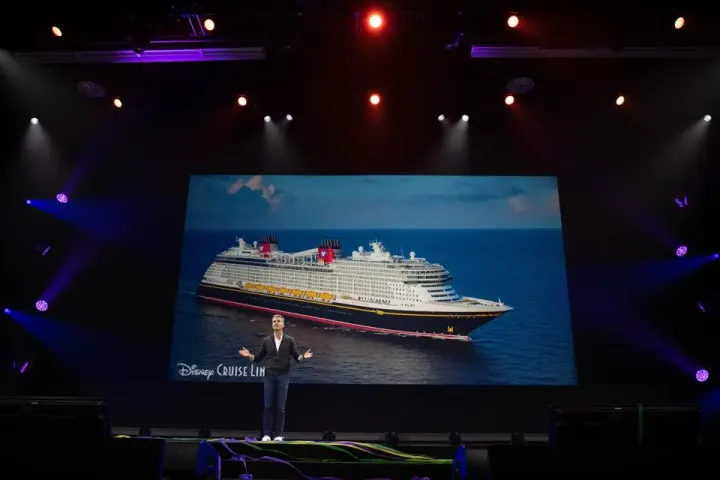Two-Week Disney Blackout Shakes Viewers, Ends With Last-Minute YouTube TV Deal

Disney and YouTube TV End Two-Week Blackout After Intense Standoff
Disney and YouTube TV have finally reached a new agreement, ending a blackout that frustrated millions of subscribers for more than two weeks. The dispute, which began on October 30, pulled major channels like ABC and ESPN from YouTube TV just as sports fans were gearing up for some of the season’s biggest matchups.
On Friday, both companies confirmed that Disney-owned networks were being restored to the livestreaming platform. For viewers, this means the return of live sports, news, and popular entertainment channels that had abruptly disappeared.
What Went Dark and Why Viewers Were Furious
The blackout affected nearly all Disney-owned channels, including:
- ESPN
- ABC
- National Geographic
- FX
- Freeform
- SEC Network
- ACC Network
Losing ESPN and ABC alone was a major blow to YouTube TV subscribers, especially during crucial college football games and professional sports broadcasts. Many viewers took to social media, expressing anger over missing key matches and local news coverage.
Why Disney Channels Disappeared From YouTube TV
The Negotiation Breakdown
YouTube TV and Disney were locked in a licensing dispute over price and terms. Both companies publicly blamed each other.
YouTube TV’s Argument
YouTube TV claimed that Disney demanded higher fees, which would force price hikes for subscribers. The platform accused Disney of pushing unreasonable terms and using the blackout as a negotiation tactic.
Disney’s Argument
Disney insisted it was only asking for fair market value for its channels. It accused Google of using its size and market power to avoid paying appropriate rates. Disney also criticized YouTube TV for removing the content even before the contract officially expired.
Disney Channels Begin Returning
Disney confirmed that all of its networks and stations are already being restored. YouTube TV announced that subscribers would see the channels reappear throughout the day. The platform apologized to customers for the inconvenience and thanked them for their patience.
Disney executives, including Disney Entertainment Co-Chairmen Alan Bergman and Dana Walden, along with ESPN Chairman Jimmy Pitaro, expressed relief that viewers would get their channels back in time for major weekend programming, especially college football.
A Pattern in the Streaming Industry
This blackout is part of a growing trend. As competition heats up among streaming services, disputes over licensing fees are becoming more common. When companies can't agree, consumers are often the ones who suffer.
This isn’t the first clash between Disney and YouTube TV. A similar disagreement in 2021 briefly knocked Disney channels off the platform, but that blackout lasted less than two full days. The more recent two-week dispute shows how negotiations have become tougher as streaming companies fight for control of content and customers.
Other Channels Missing From YouTube TV
Disney isn’t the only major company that has clashed with YouTube TV. Univision has also been missing from the platform since September 30. Parent company TelevisaUnivision criticized YouTube TV for removing critical Spanish-language news and entertainment from millions of households.
These repeated disputes have raised concerns about how stable channel lineups truly are on modern livestreaming platforms.
Impact on YouTube TV Subscribers
YouTube TV currently costs $82.99 per month for its base plan. While it includes major networks like NBC, CBS, Fox, and PBS, losing Disney’s large network bundle left a noticeable gap for subscribers.
Before the blackout, YouTube TV promised a one-time $20 credit if the dispute extended for a long period. As the blackout crossed two weeks, reports suggested that customers were allowed to start claiming this credit beginning November 9.
What Disney Offers Outside YouTube TV
Disney is not new to pushing its own streaming platforms. In addition to traditional cable and broadcast, the company has invested heavily in its own apps.
ESPN’s Standalone Streaming Service
Launched earlier this year, ESPN’s new dedicated sports streamer starts at $29.99 per month.
Disney’s Streaming Bundle
Disney also offers a combined package that includes:
- ESPN
- Hulu
- Disney+
This bundle costs $35.99 per month, or $29.99 per month for the first year for new subscribers. Many critics argued that during the blackout, Disney’s streaming bundle stood to benefit from frustrated YouTube TV customers seeking alternatives.
Why This Deal Matters
A Bigger Fight Over the Future of TV
This standoff shows how the future of television is shifting. Traditional cable is losing ground, livestreaming platforms are fighting for content rights, and big media companies are building their own direct-to-consumer platforms.
As these battles continue, viewers may face more blackouts, higher subscription costs, and increasingly fragmented access to content.
For Now, Peace Returns
Despite the tension, both Disney and YouTube TV insist that they have reached a deal that protects viewers. YouTube TV says the agreement preserves the value of its service and ensures future flexibility. Disney said it remains committed to adapting to how audiences prefer to watch their favorite content.
What Viewers Should Know Moving Forward
- All Disney-owned channels, including ESPN and ABC, are returning to YouTube TV.
- The dispute lasted more than two weeks, one of the longer blackouts in recent streaming history.
- Viewers may be eligible for a $20 credit due to the extended outage.
- This situation reflects a broader trend of rising disputes between content owners and streaming platforms.
- More conflicts may occur in the future as the industry shifts toward streaming-first models.
The Bottom Line
The return of Disney channels on YouTube TV is a relief for millions of subscribers who lost access to live sports, entertainment, and news for two weeks. While the blackout is over, the battle behind the scenes shows a rapidly changing media landscape where platforms and content creators are fighting harder than ever for control, revenue, and viewers.
For now, sports fans can finally breathe easy and return to their favorite broadcasts. But as streaming wars intensify, viewers may want to brace for more disruptions in the future.


